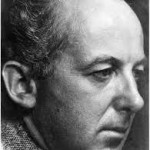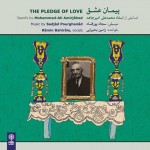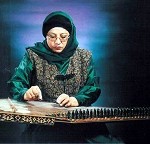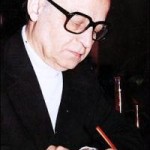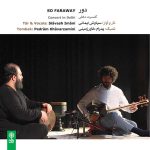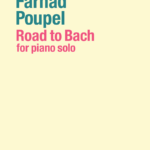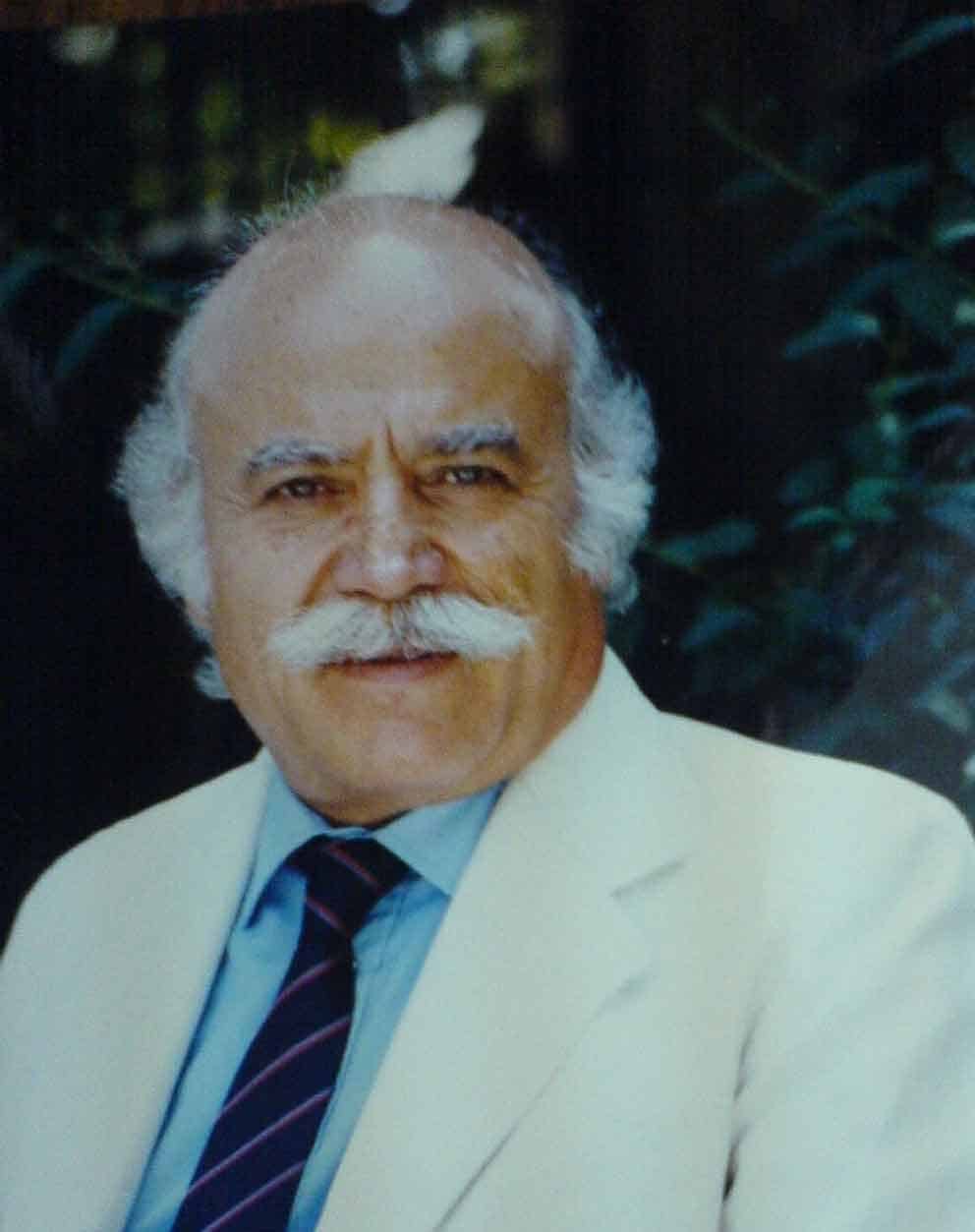
Legacy of Reza Vohdani
Unveiling unpublished works, preservation of Iranian classical music
Reza Vohdani is a renowned name among tar (Iranian instrument) players, especially within the Iranian music community that values the meticulous practice and teaching of Iranian music. While Vohdani honed his skills in music theory and tar playing under the guidance of masters like Ali-Naghi Vaziri, Ali-Akbar Shahnazi, Hossein Dehlavi, and Ahmad Forutan-Rad, it is his unwavering dedication to studying, documenting, and teaching the Iranian classical music repertoire that has solidified his prominence in the field. Recently, Vohdani’s family decided to make his preserved works accessible to the wider art and music community. In this regard, The Persian-language newspaper ‘Iran’ spoke with Sadjad Pourghanad, a musician, university instructor, and music researcher, who shared his opinion into the project, as detailed in the interview below.
Freelance journalistIRAN DAILY: Can you briefly explain how these works came into your possession?
POURGHANAD: In March of last year, my old friend, Hamed Fat’hi (classical guitar player), told me that Parivash Daghi and her son Shahnam Ghasedi, who were neighbors of Vohdani, wanted to hand over his works on behalf of his daughter to those in the music community. I took up the responsibility, and along with my friends, we went to the professor’s home, where we encountered a vast collection of music scores, books, and handwritten materials, which we are currently reviewing and organizing.Was this decision made by the family of the professor based on his will?
As far as I know, Vohdani did not leave any specific will regarding this matter. However, based on his spirit, personality, and his lifelong dedication to preserving and promoting Iranian music, particularly the traditional repertoire, his family made this decision.How these works will be made accessible to the music community?
We’ve set up a Telegram page, rezavohdani@, where some of the professor’s works will be shared. Also, there is an Instagram page, rezavohdani@, which will feature some photos and handwritten notes left by him. His ‘Radif’ (musical repertoire) book is also about to be published and will be available for sale soon.
Which groups or individuals have agreed to collaborate with the professor’s family on this project?
So far, it’s just myself, Fat’hi and Ghasedi working on this project.
Will the preservation of these works be overseen by any specific organization or body?
No, there is no specific organization or institution involved in this effort. A group of friends and music enthusiasts is handling this responsibility. In the future, we may seek support from organizations such as Manzoumeh Kherad Institute to help with the publication of some works, but so far, we’ve only had initial discussions with the management of the institute.
What kind of works and documents of the professor have been preserved?
A number of works remain, particularly handwritten manuscripts by old masters, some of which are signed while others are anonymous. These need to be carefully examined and identified by experts to determine the exact origin of each piece. Also, there are numerous letters and notes from the professor, which I am currently categorizing for future publication.
Can you describe the qualities and characteristics of the Radif that Vohdani published?
There is much research to be done regarding the ‘Radif’ written by Vohdani. The notation of this Radif was done with exceptional care, reflecting his profound knowledge and attention to detail. This generation of musicians had a strong understanding of Western music notation and were meticulous in their efforts to accurately document and transmit the musical heritage. Today, alternative versions of the ‘Radif’ of Mirza Hossein-Qoli are available, which differ from Vohdani’s version. So, it is crucial for researchers and especially tar players dedicated to this style to study and examine this version. It’s also important to consider the accompanying commentary by the professor to gain a deeper understanding of his music. For example, it is important to know why Vohdani, despite having access to the ‘Radif’ of other masters, chose to focus solely on the ‘Radif’ of Mirza Hossein-Qoli and his son Ali-Akbar Shahnazi. The reasons for this choice can be discerned from his handwritten notes and critiques of other versions.
Can you explain his vocal repertoire?
In addition to playing the tar and setar (Iranian instruments), Vohdani was also familiar with singing and had students in this field. There is a written vocal repertoire of his, though unfortunately it is not organized. We need to search through his handwritten notes to uncover all its pages. Once fully discovered, we will publish the sheet music in PDF format on his Telegram page.
Are there any of his handwritten works that could help expand the existing Iranian music repertoire?
Definitely! Many previously unknown works have been found at his home. Among these are handwritten versions of various Radifs that are not available to the public, but we need to fully review these to determine if they are complete and suitable for publication.
Can you tell us about his recorded performances of the Radif?
There is an audio file of his clear and educational performance, which was once released on a cassette alongside his book. Due to the lack of cassette players in many musicians’ homes, we’ve decided to release the audio files on his Telegram channel. Also, there is a video of his performance, which will also be shared on his Telegram and Instagram pages.
Looking at his works, lectures, and writings, there seems to be a dual and contrasting perspective towards Iranian music. How can this duality (modern vs. traditional) be evaluated?
In Vohdani’s view of tradition, it’s important to note that he did not consider tradition to be immutable. However, he did place some limits on innovation, allowing it only for those who were deeply versed in Iranian music, or in his words, had “reached ijtihad.” He believed such individuals understood Iranian music in detail and could incorporate techniques from non-Iranian music, such as Western harmony and counterpoint, without distorting the essence of Iranian music. For this reason, he composed works for large orchestras; some audio files of these are available. He studied Western music under masters like Foroutan-Rad and Dehlavi.
What are the characteristics of his composition style?
Vohdani’s compositions fall into a few distinct categories. The most important are those composed solely for the tar, influenced by his teacher Ali Naqi Vaziri. Besides these, there are two other styles: orchestral works in the style of the Golha programs and traditional forms of Iranian classical music such as Rang and Pishdaramad. The sheet music for many of these works exists in his handwritten notes, but the challenge in studying them is that many are without titles or identifiers. He used to write out works for his students, so there are compositions by earlier masters in his manuscripts that need to be identified. Additionally, numerous incomplete works are in his collection, which will need to be reviewed in due time.
Has anything else been published from his works besides the Radif?
Sadly, twenty-two years after Vohdani’s passing, nothing beyond his ‘Radif’ has been published. First, his solo works need to be transcribed and published. After that, a large collection of pieces he gathered from earlier masters should be released. Along with these, some of his historical research, which he once taught as a professor of Iranian music history at the Tehran Conservatory, is also available. Once this collection is complete, I intend to publish it in the ‘Harmonic Dialogue’ online journal, which I edit. His letters, reviews, and important memoirs on various music-related events are also in his manuscripts and will be transcribed and published on the website.
